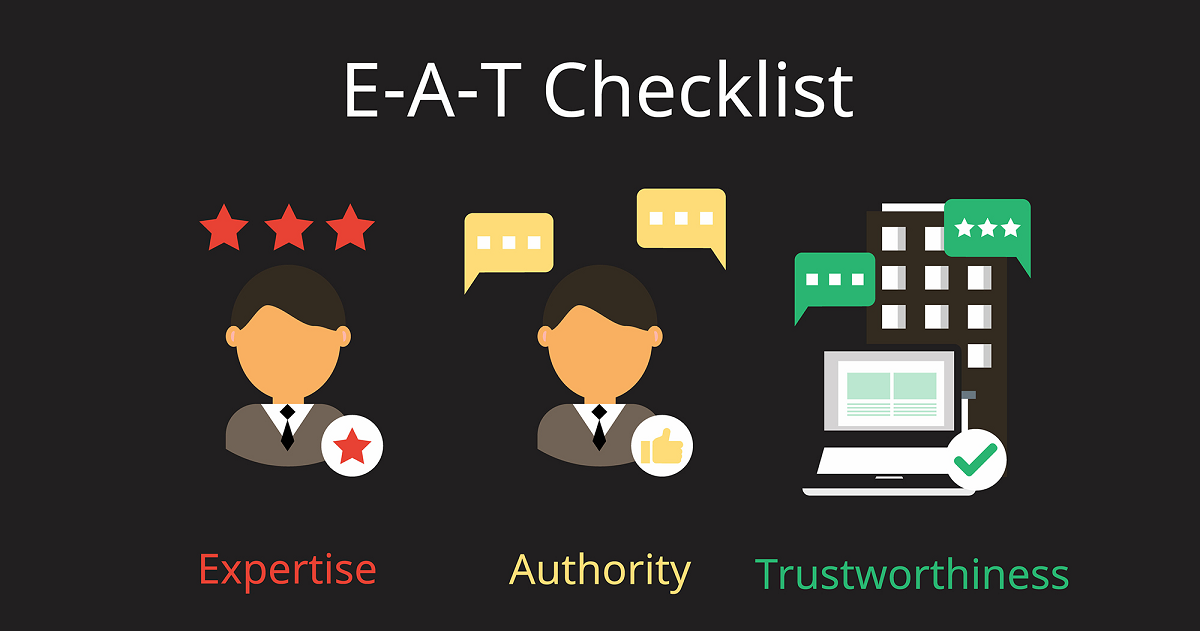BLOG
Creating an ad campaign in Google is a good way to increase your sales. However, if you do not know how to structure your account, it could cost you a lot of money. You can make your ad groups more specific based on your keyword targets. To make your ad groups more targeted, you should place all the keywords that are related to your website theme or niche in one group.
When structuring your Google Ads account, consider the location, budget, and goals. You should choose keywords that are related to the themes of your campaign and are lower in search volume. You will need to monitor your ads and adjust them as needed to meet your business objectives. Without this, your campaigns will not reach their full potential. So, make sure to take time to structure your Google Ads account before you start your campaigns. Google ads are expensive but a lot of people admit the fact that SEO Services are best for business in long-term.
First of all, you should set up your campaigns. Once you have a couple of campaigns, you can move on to creating ad groups for each of those keywords. As you use your ad groups, you can add more keywords. As you go along, your ad group structure will become more detailed. Ideally, you will have between 20 and 30 ad groups, each with a single ad.
After setting up your campaigns, you can create ad groups for each keyword. These groups will contain keywords that correspond to the themes of your campaigns. These words and phrases will be displayed in your ad campaigns. The ad groups will then be organized into categories. You can have up to 50 ad groups, but most people start out with three or four ads. If you want to maximize your return on investment, your ad campaign should be a mix of positive and negative keywords.
The key to structuring your Google Ads account is to focus on keywords. As you can see, this is an ongoing process and should be tweaked as your marketing strategy changes. Your ad campaigns should match your digital strategy. In addition, the ad groups must be closely related to each other. If your ads are too similar, you'll want to avoid creating duplicates of the same keywords.
When you are setting up your account, you need to have campaigns and ad groups. Each campaign will contain one or more keywords. The ad groups will contain one or more keywords. Each keyword group will have a single ad. By using ad groups, you can control the amount of money you spend on each ad campaign. If you have a limited budget, try to use less than one ad group for each keyword.
Besides keywords, you should also consider location and budget when structuring your account. When setting up your ads, remember that the ad groups will be your main units within your campaign. When creating a campaign, you should always have a theme in mind. Then, you should add ads to these themes. You can use the same theme in every ad group. When choosing ad groups, you should remember that keywords should be related to the themes of the campaigns.
When setting up a Google Ads account, it is essential to organize it in a way that is compatible with your marketing strategy. In other words, you need to make your ad campaigns as effective as possible. To get the most out of your advertising budget, you should prioritize keyword-targeted keywords and create campaign themes. This will help you increase your conversions. Once you have a good idea for the topics you want to target, you can then move on to more profitable areas.
Once you have your keywords and theme, you can now start building your ads. Keep in mind that keywords are not just a means to your success. They should be unique to your business, so they should be relevant to your products and services. In short, a keyword group is the central unit of your Google Ads account. This group will include the ad campaign. Its goal is to maximize the potential of each keyword.











